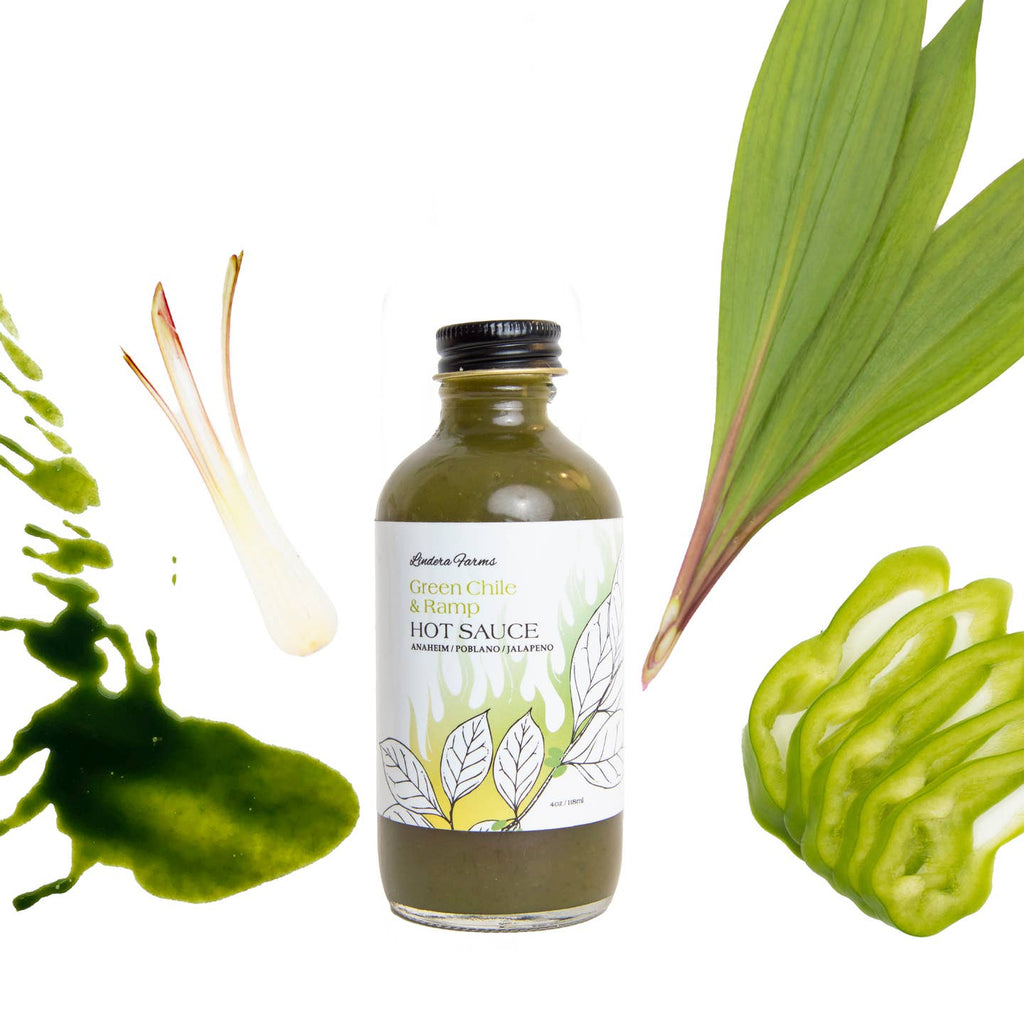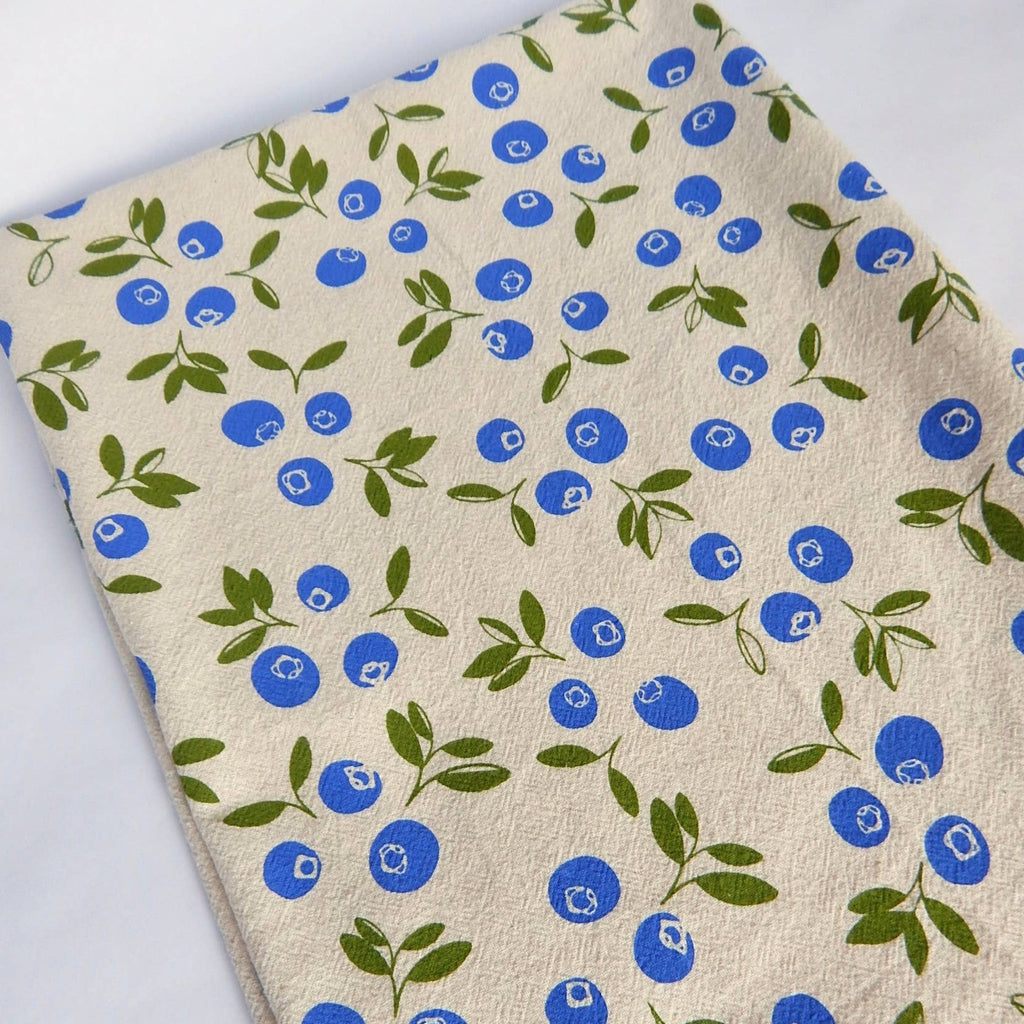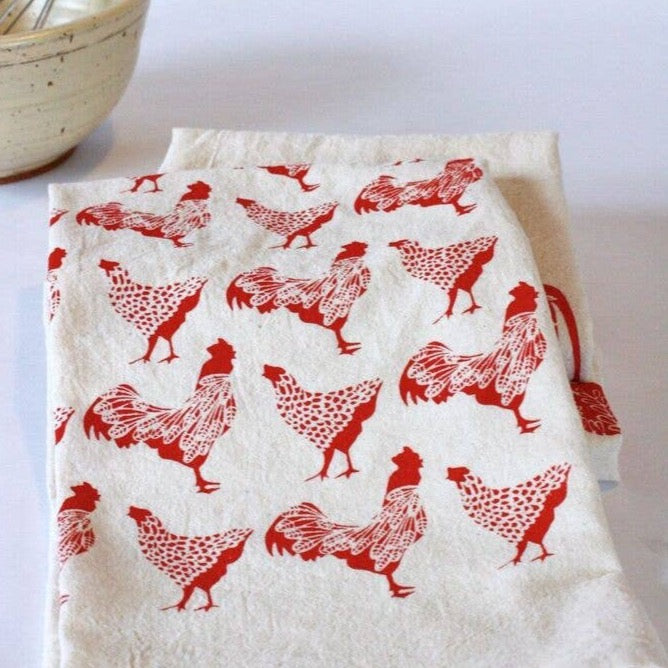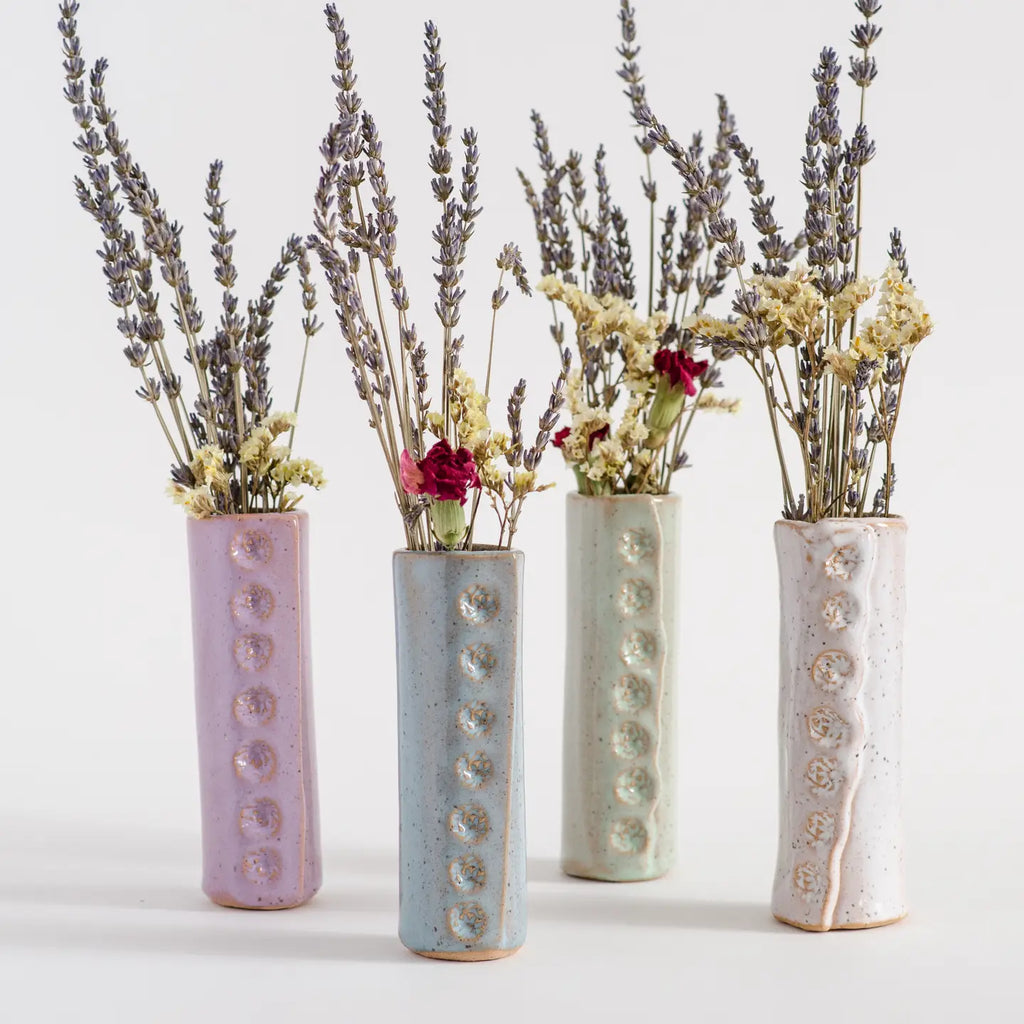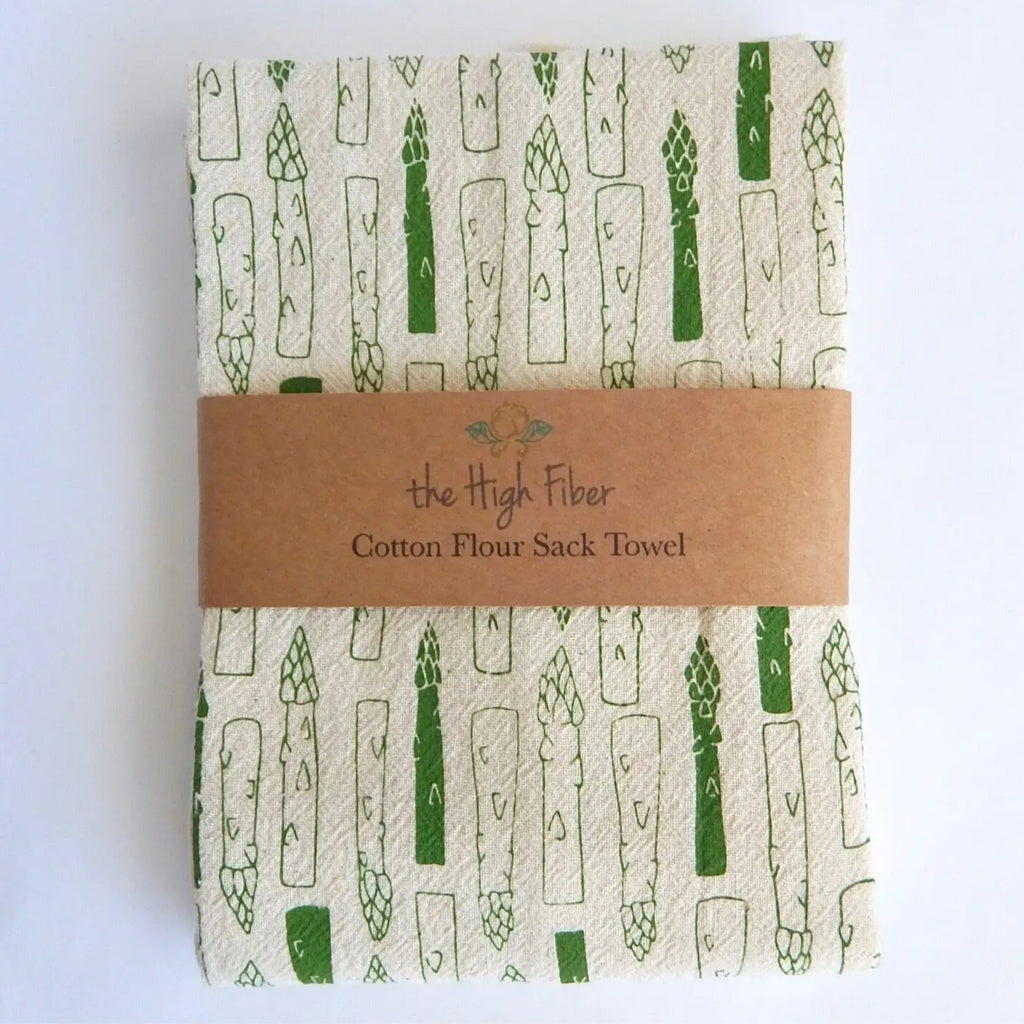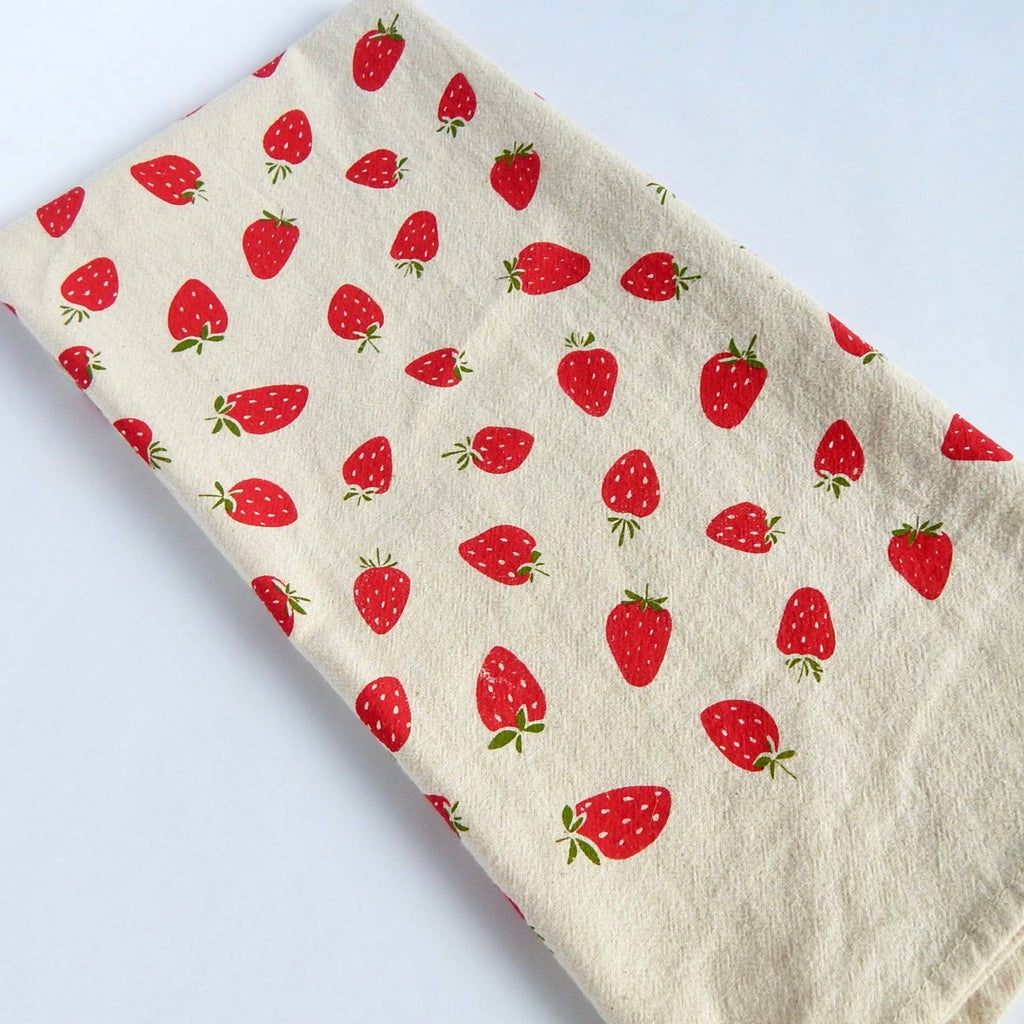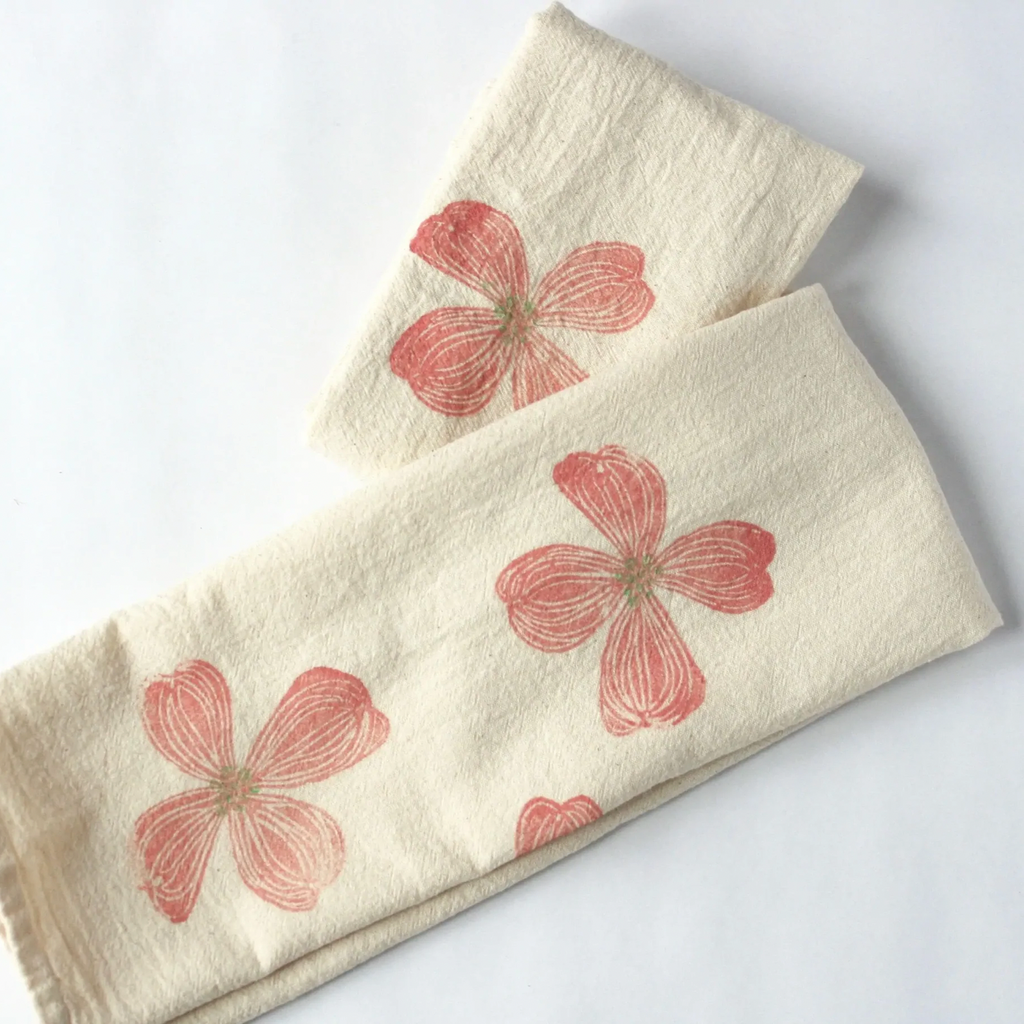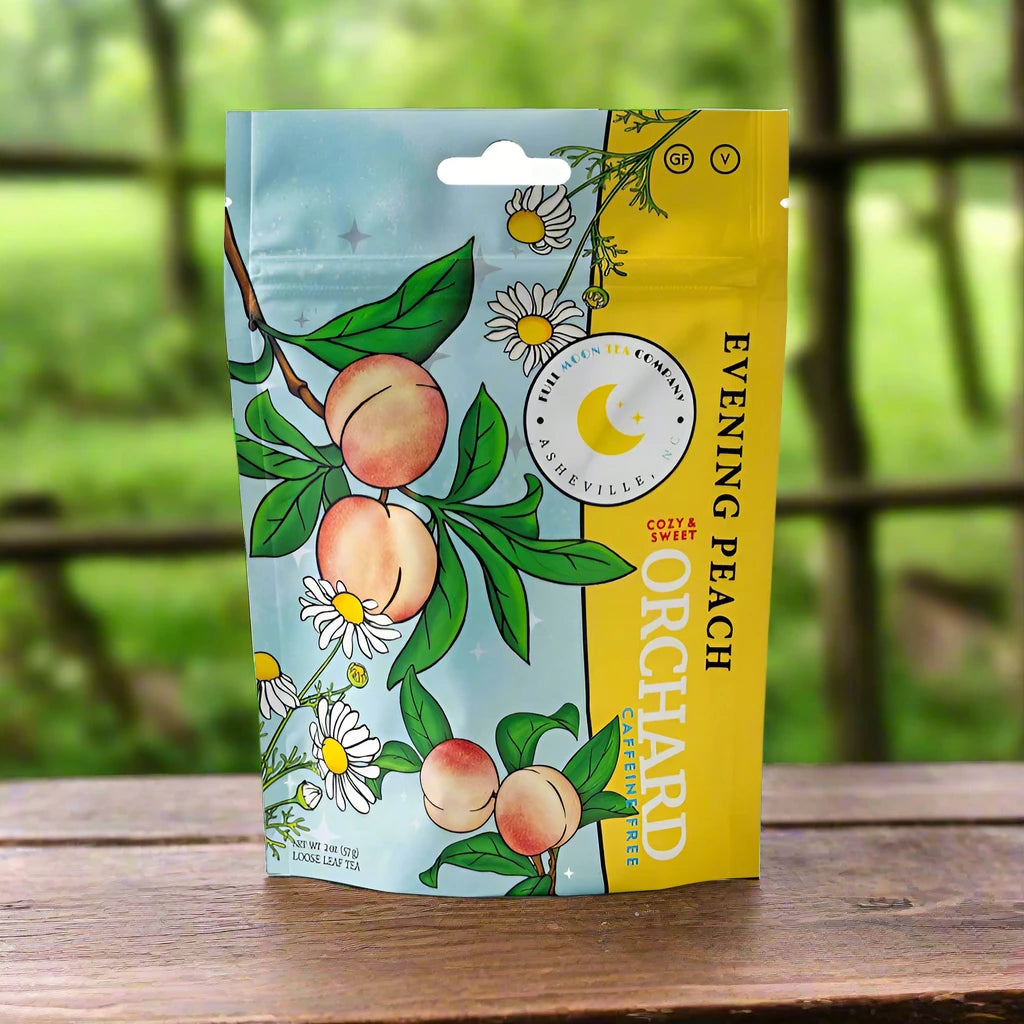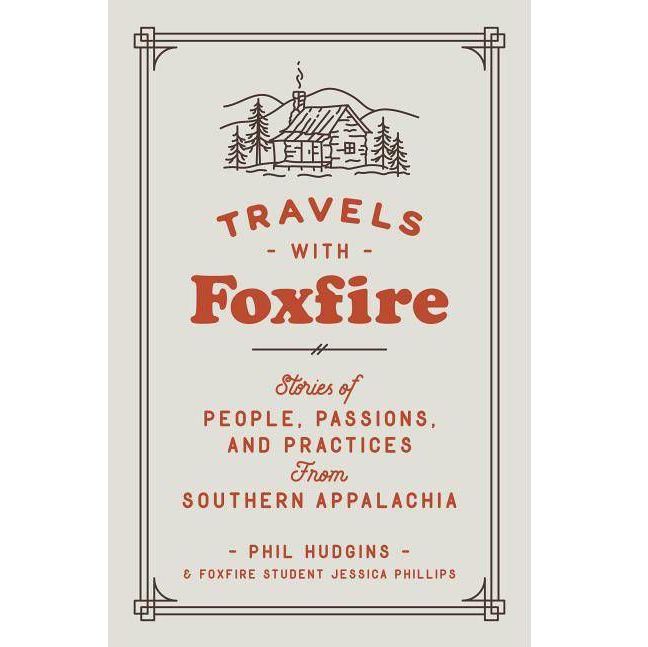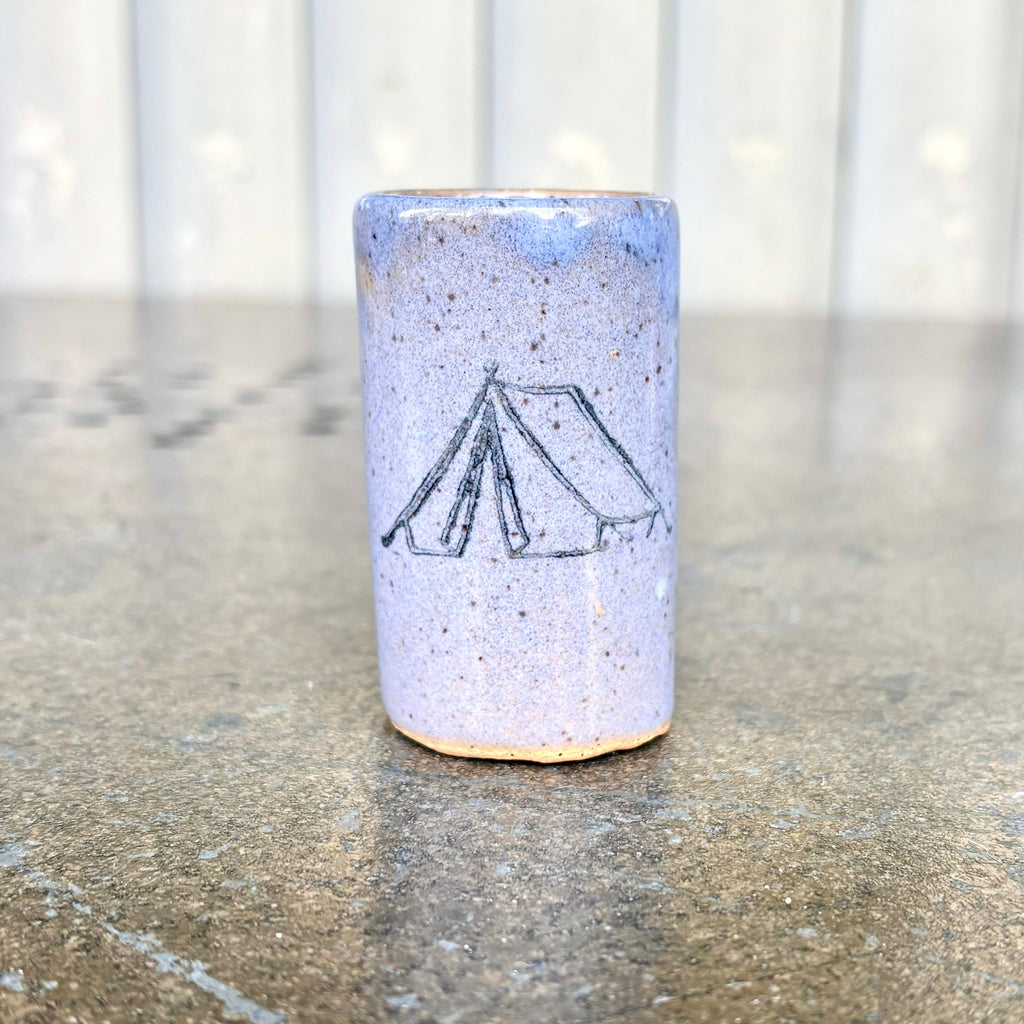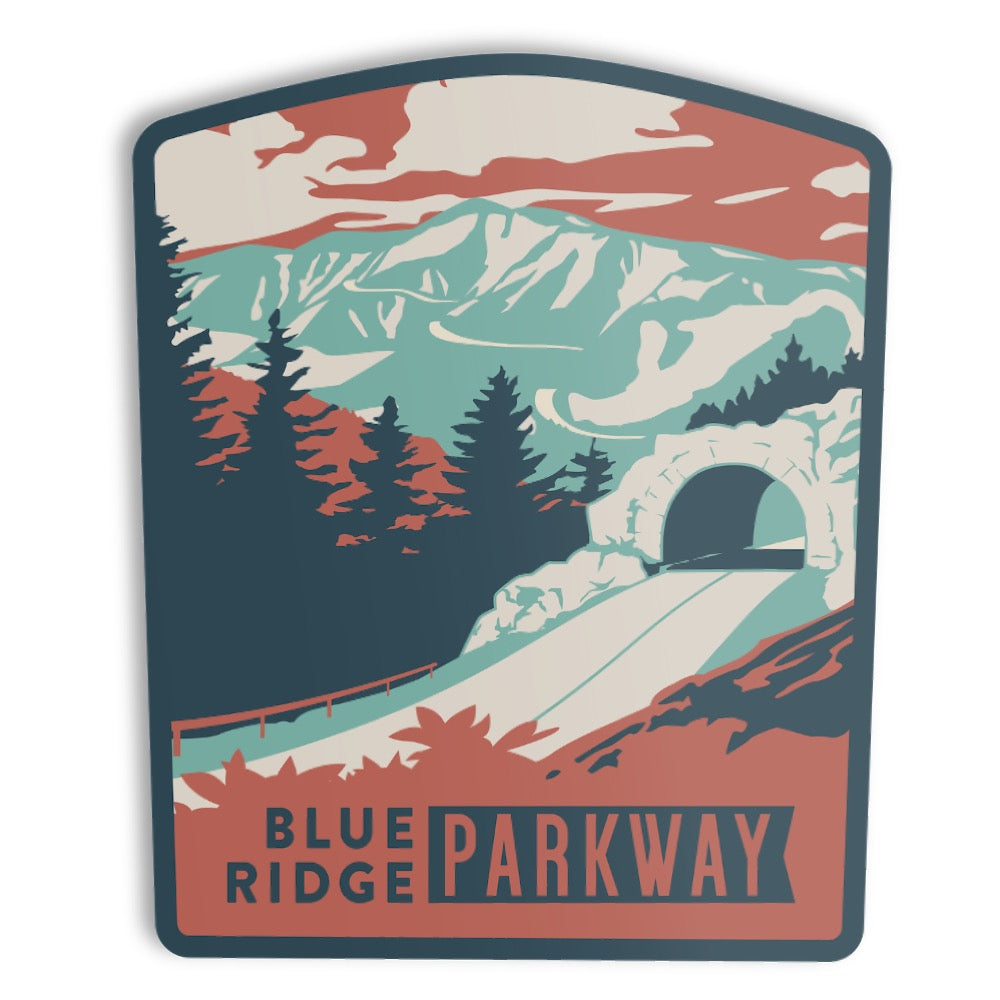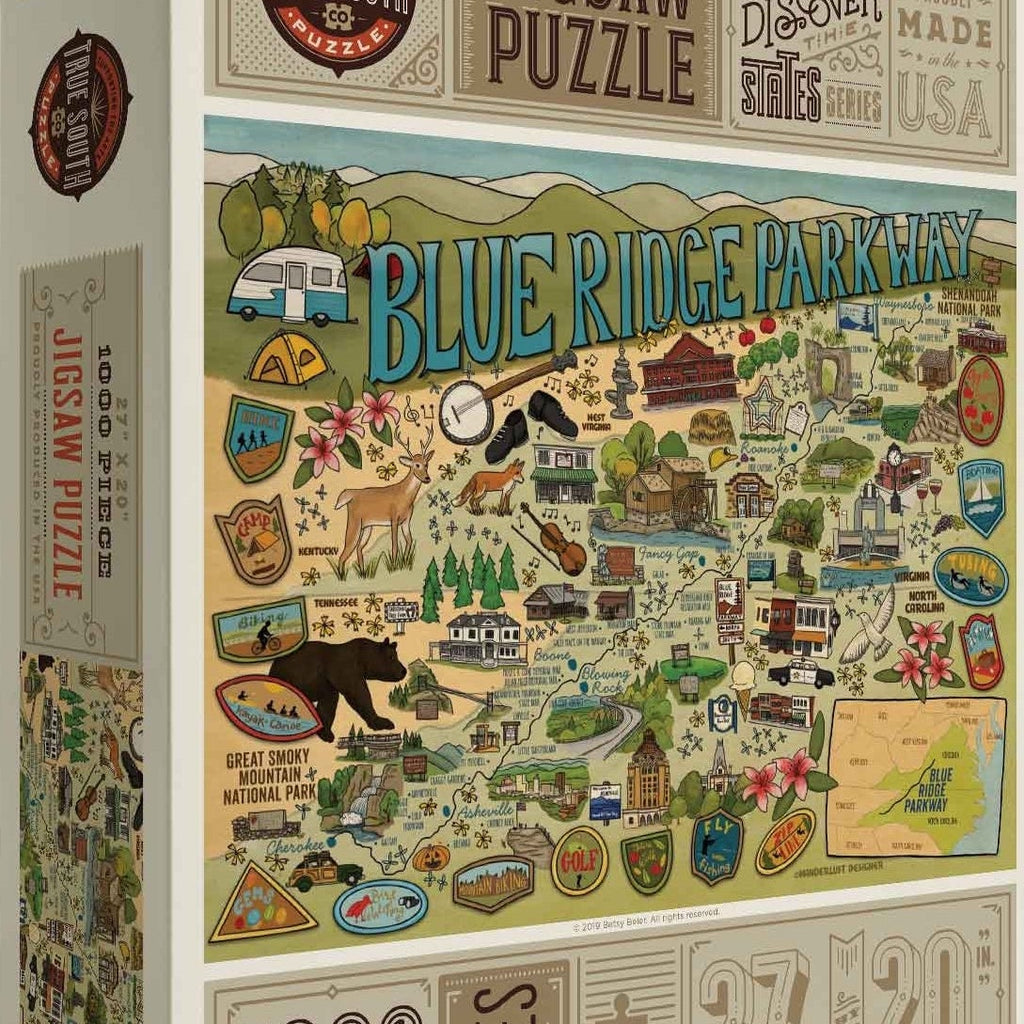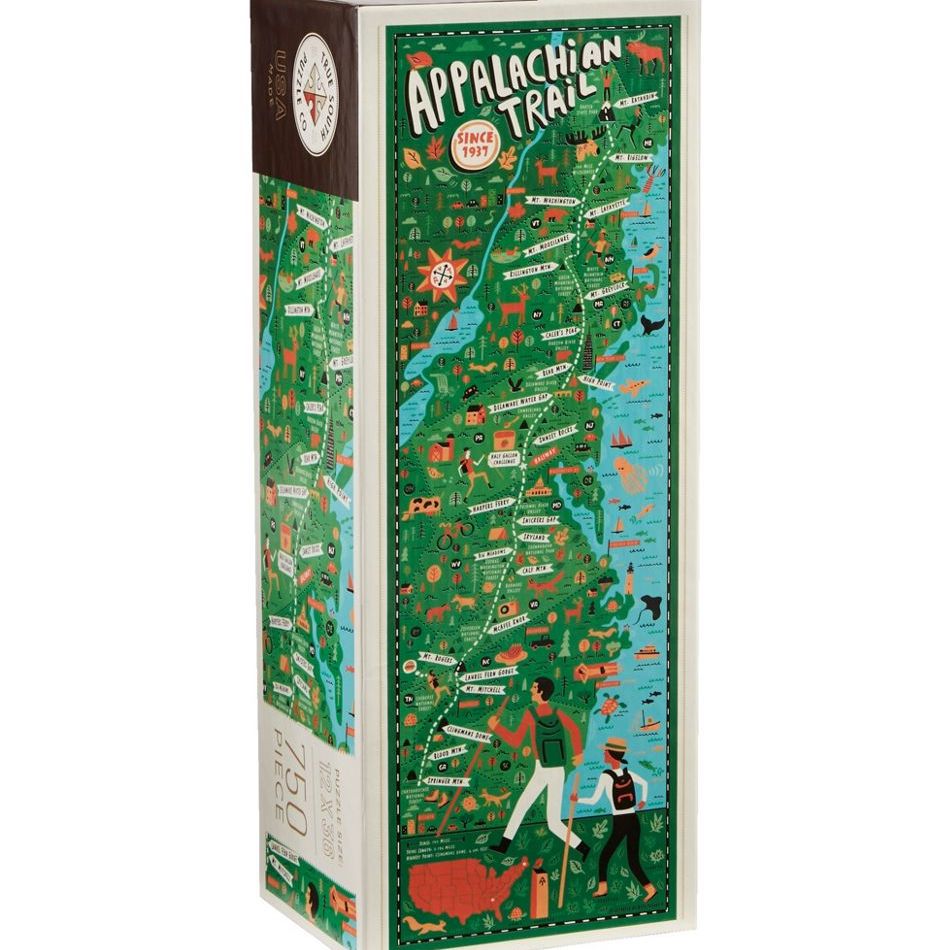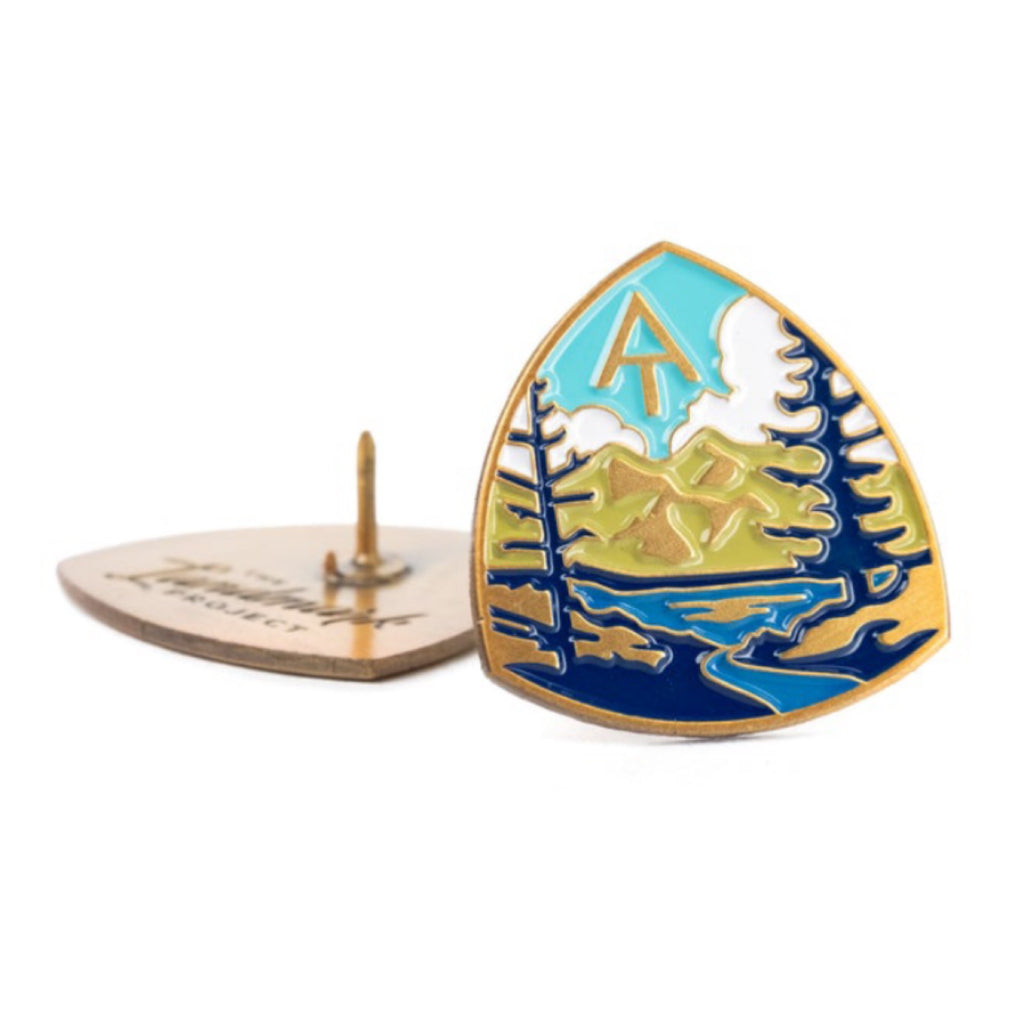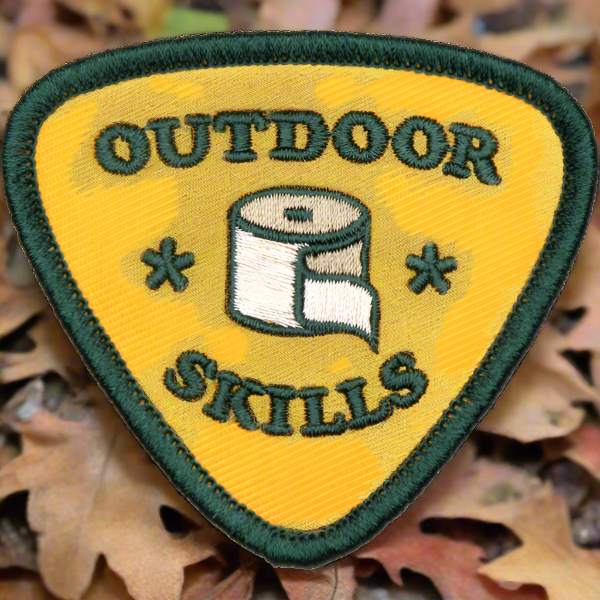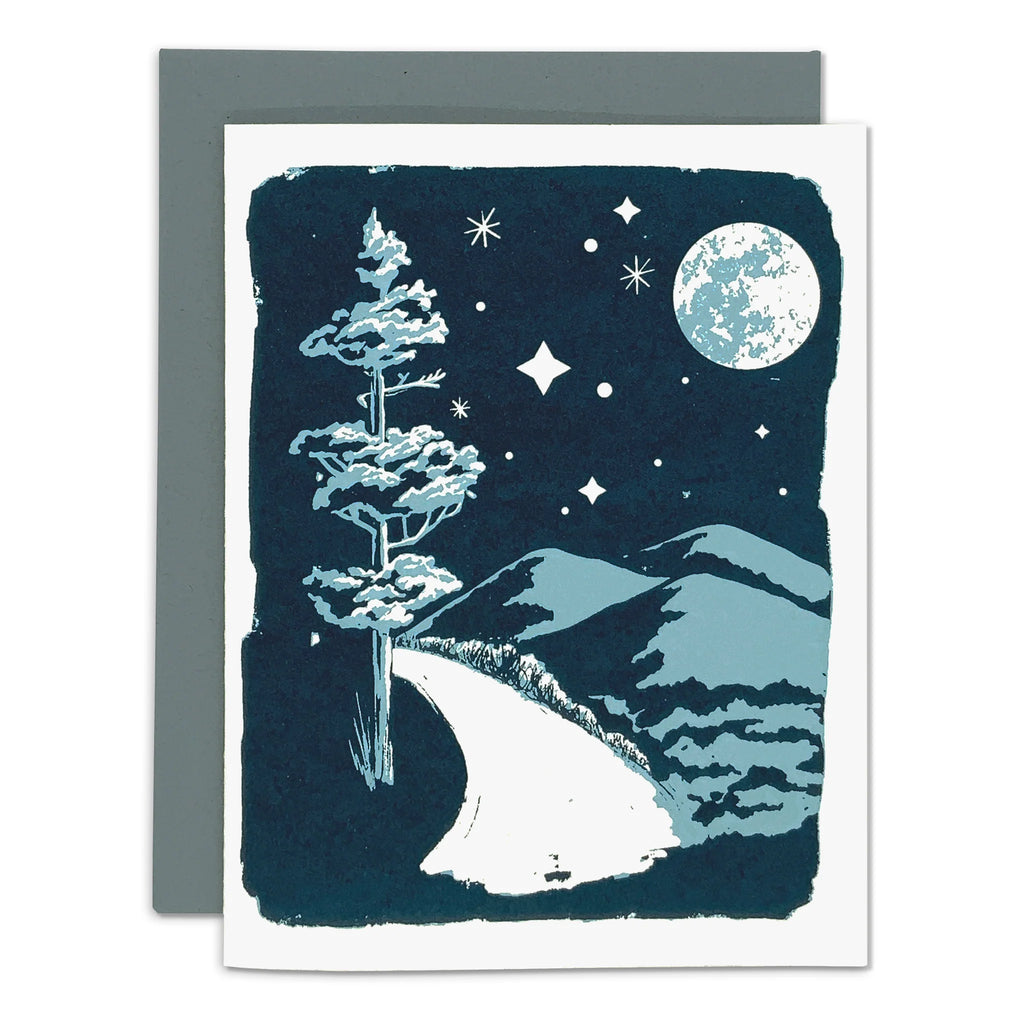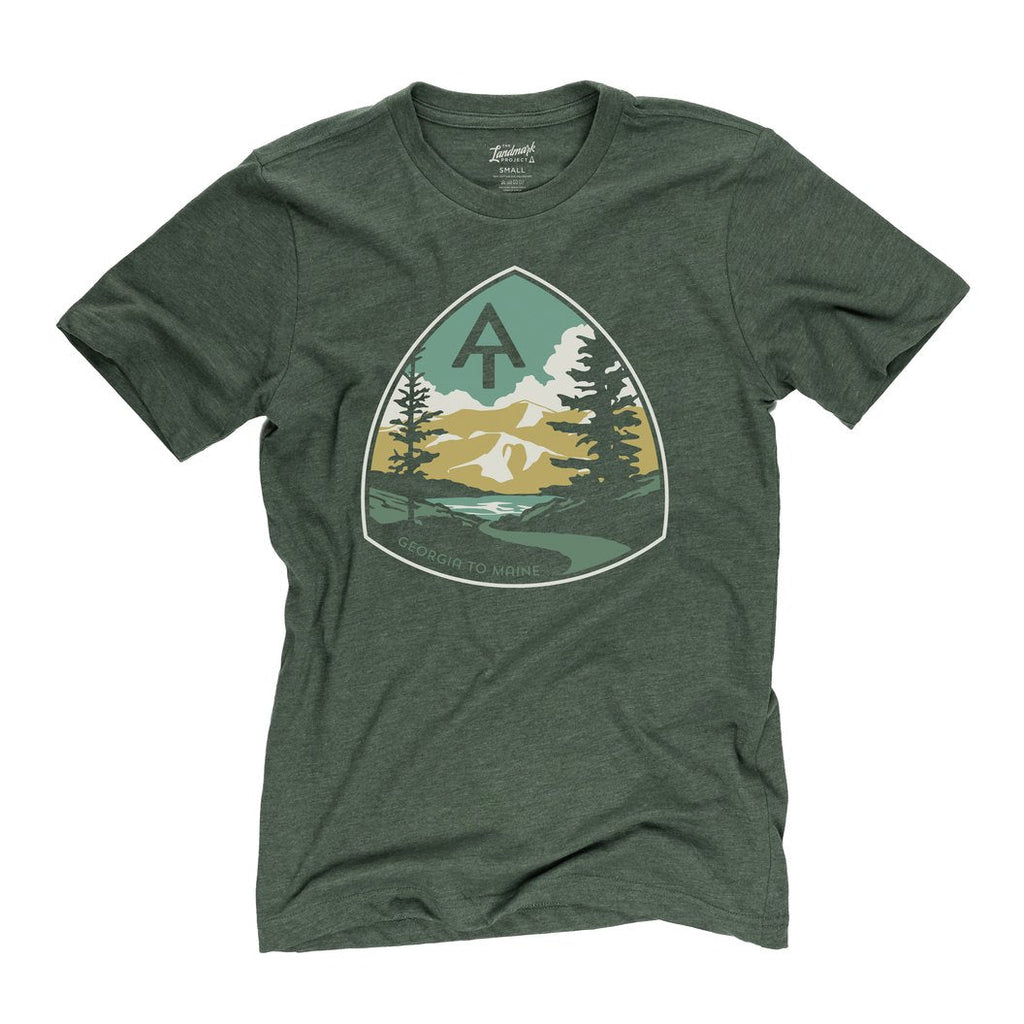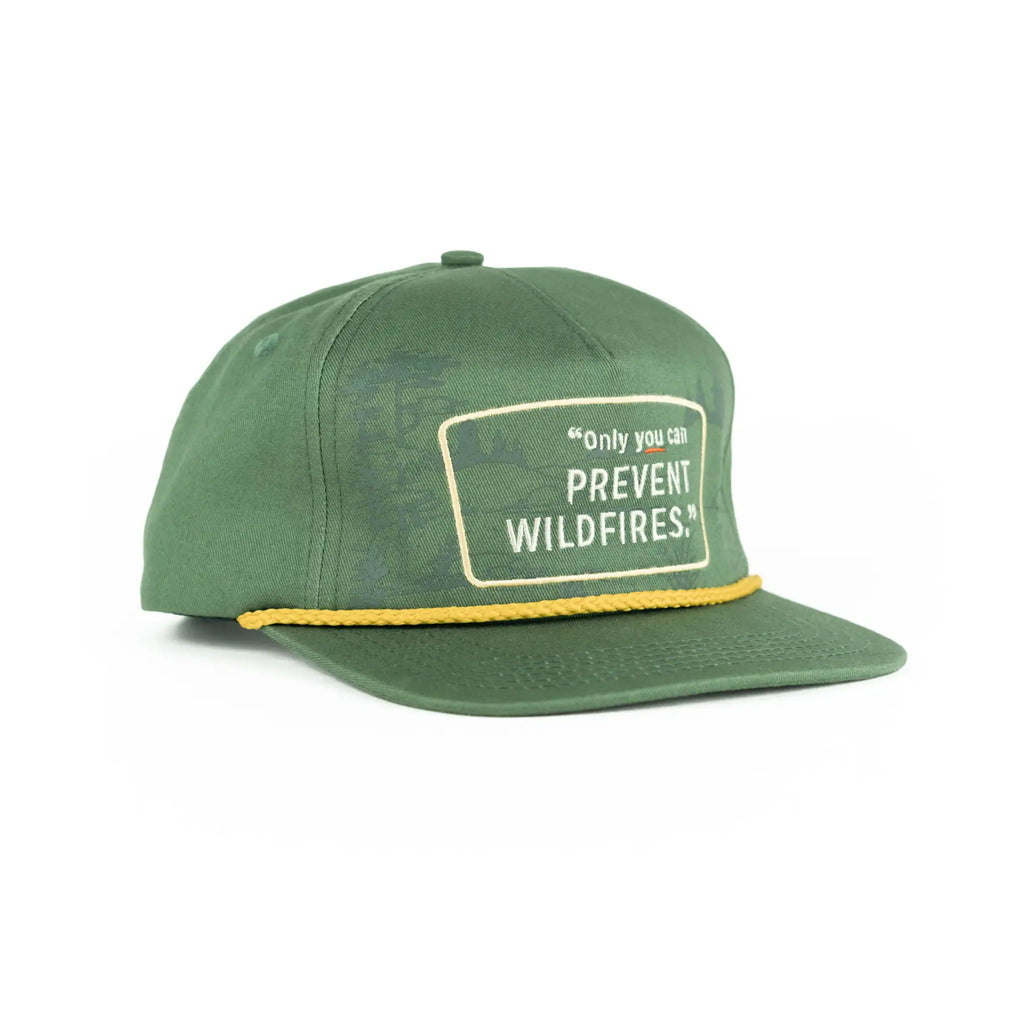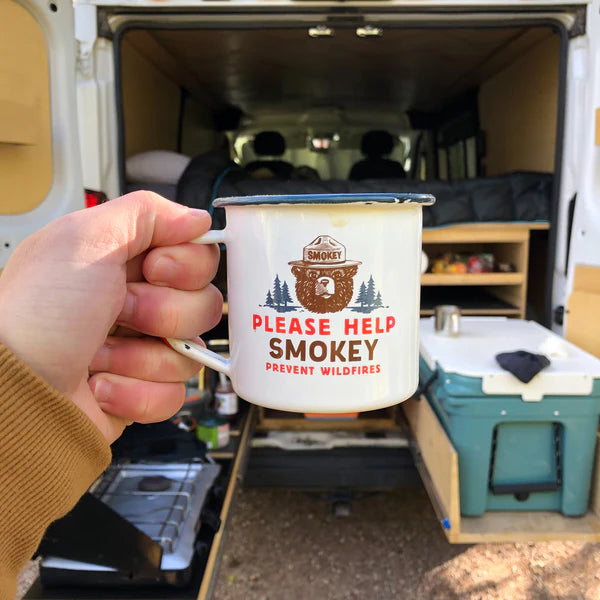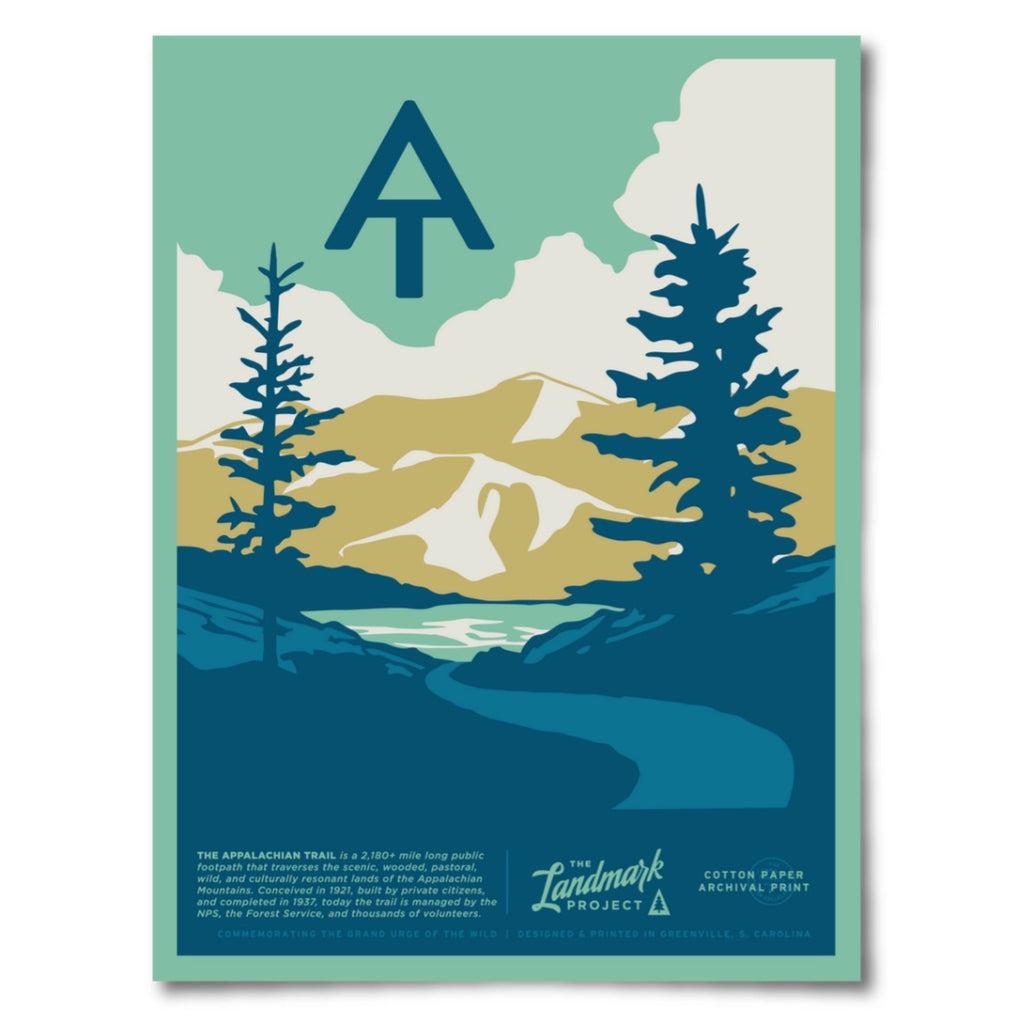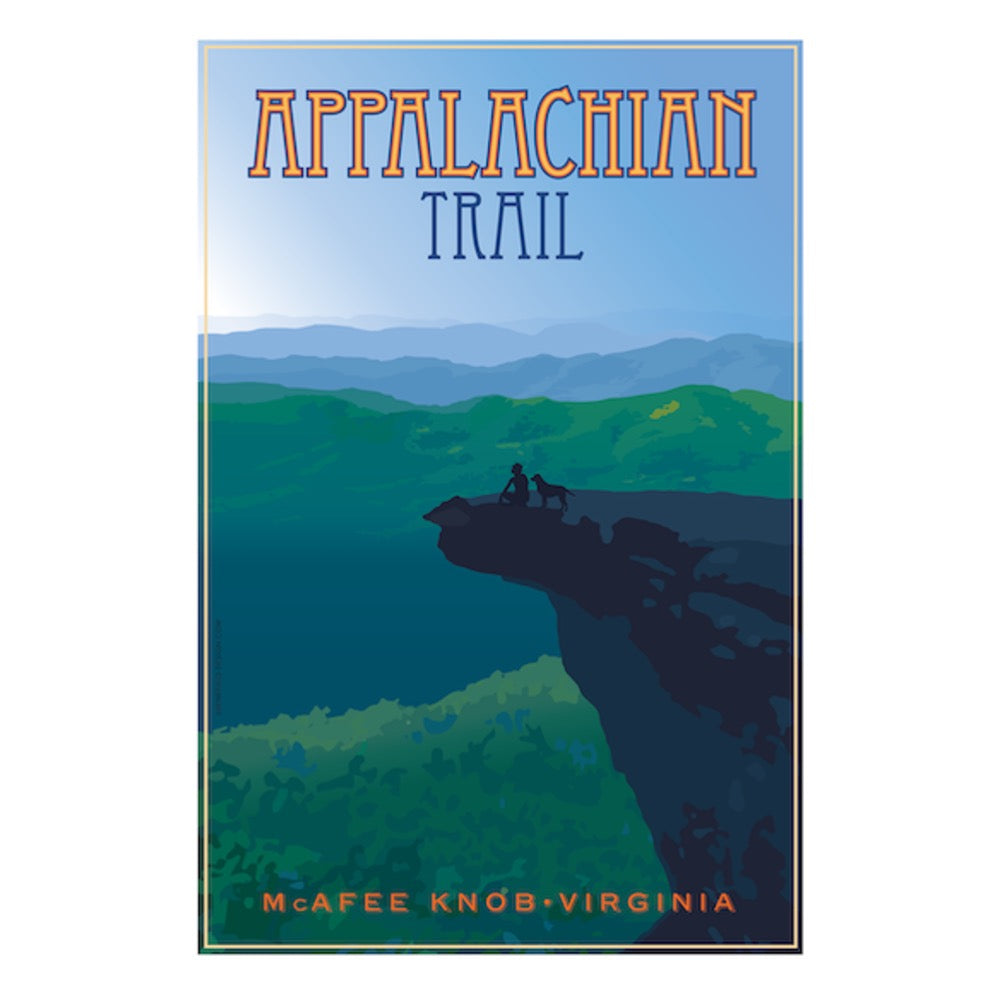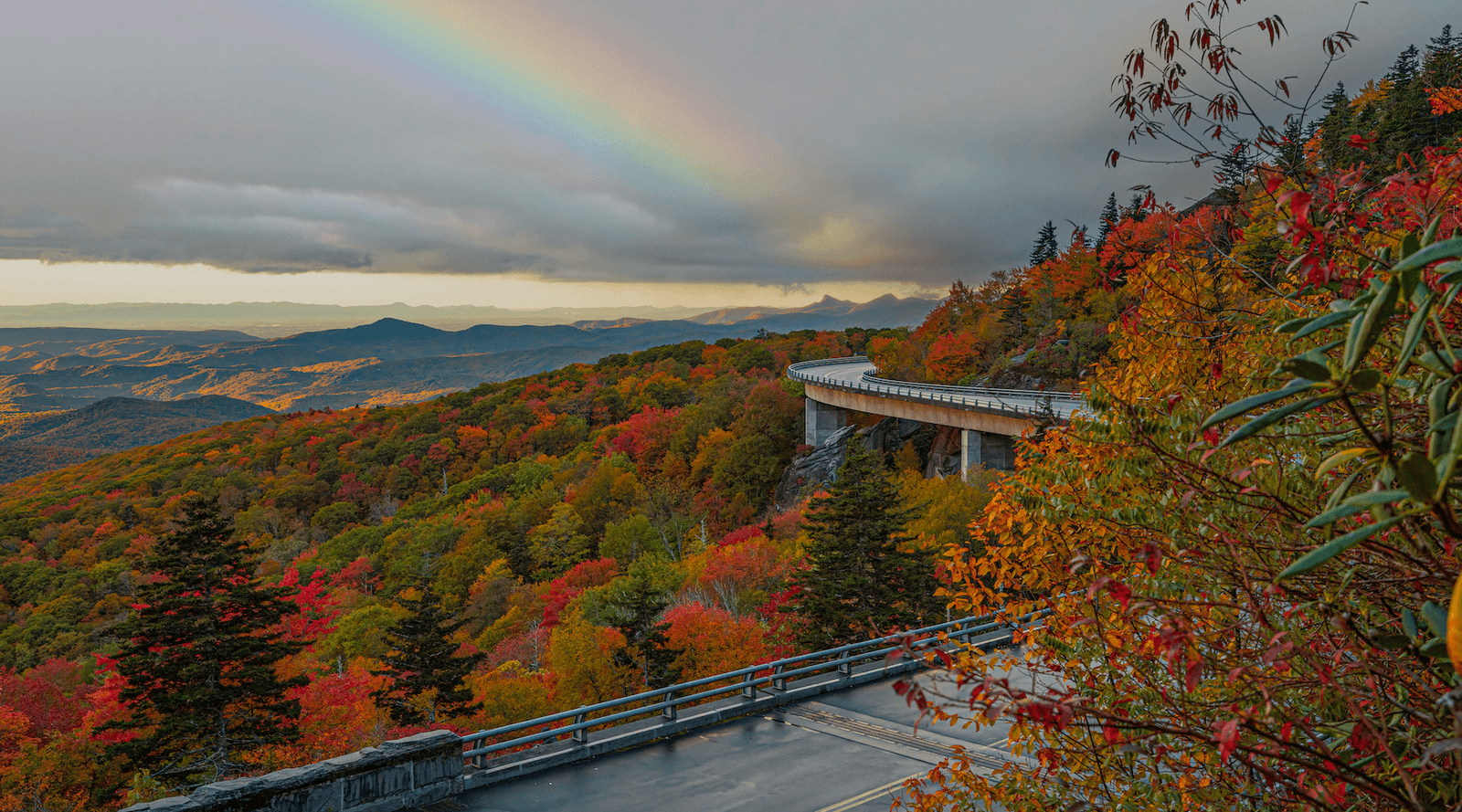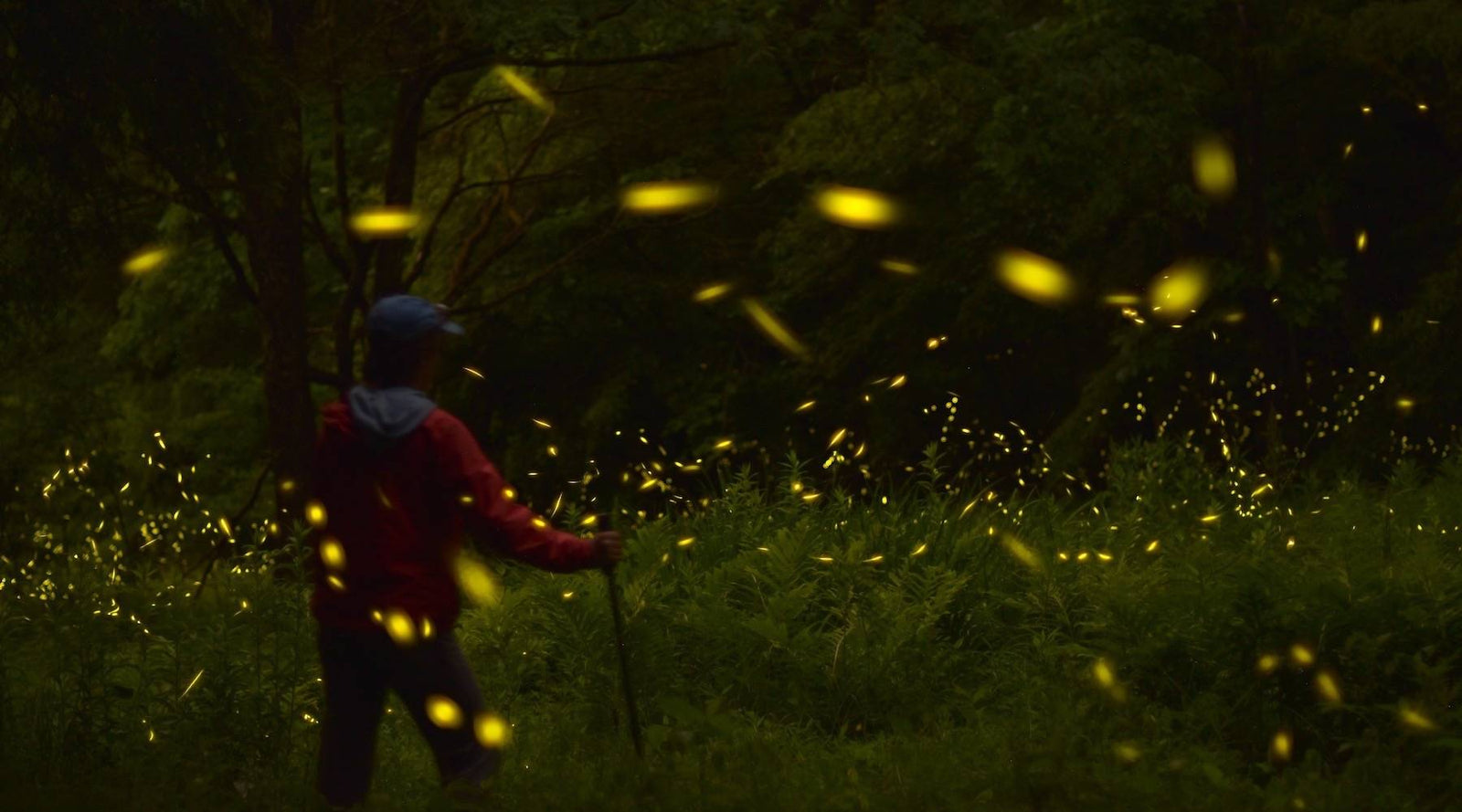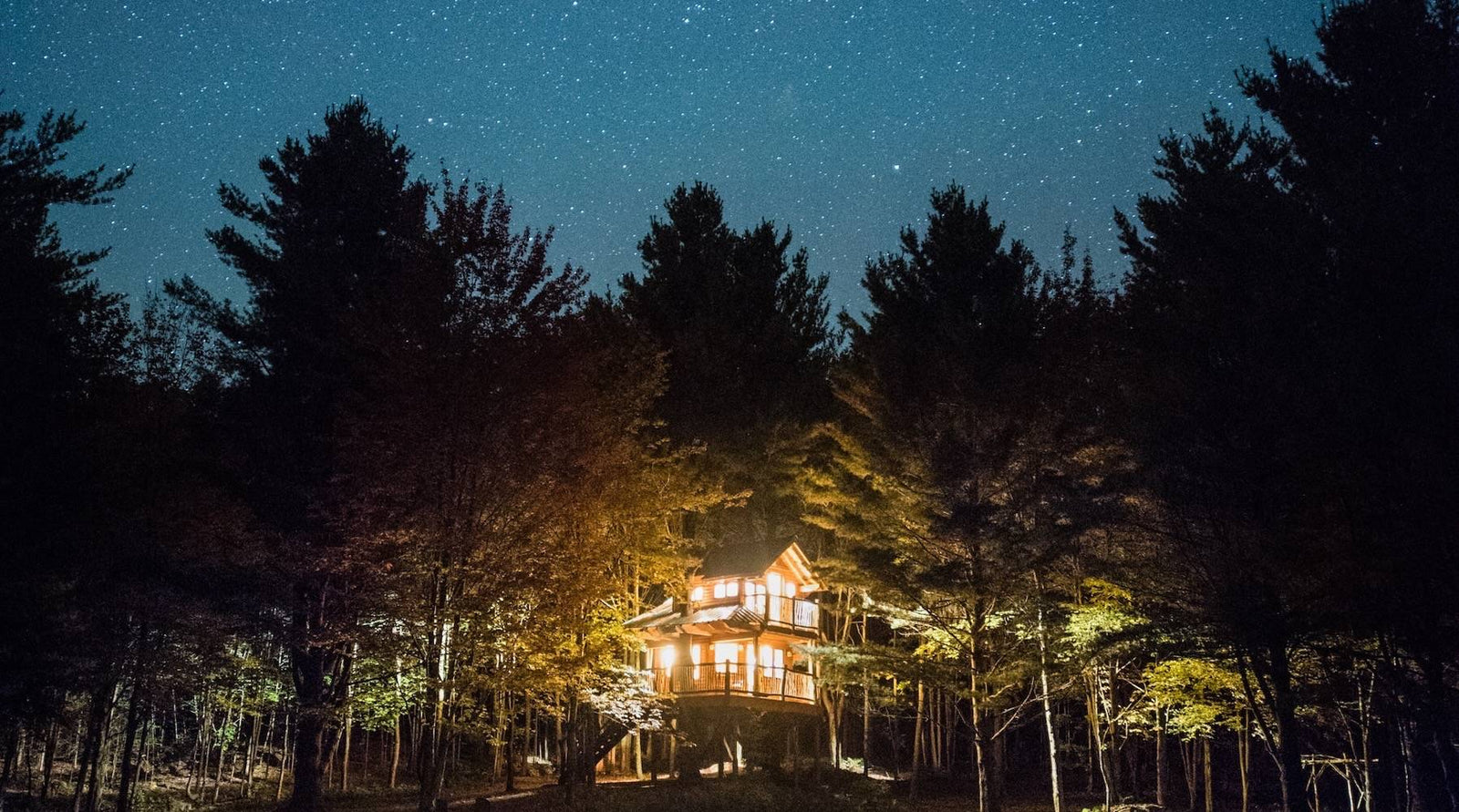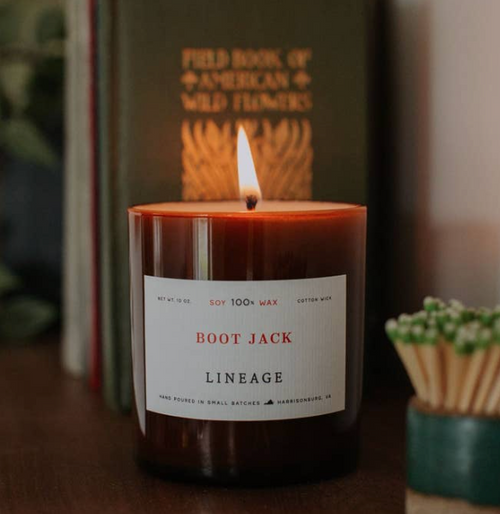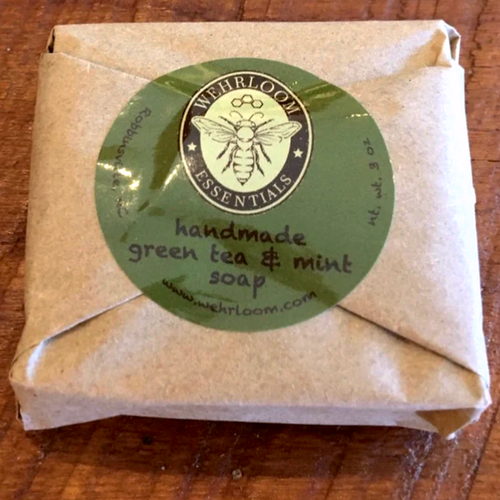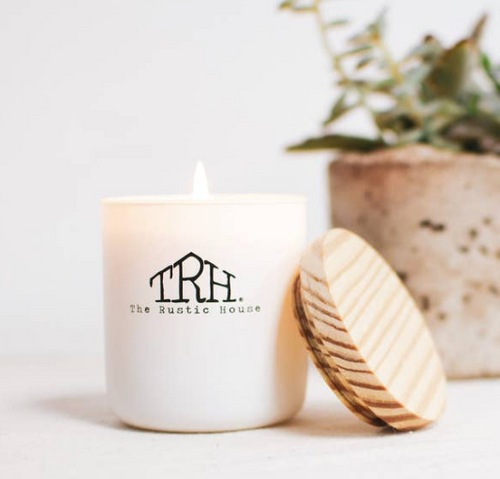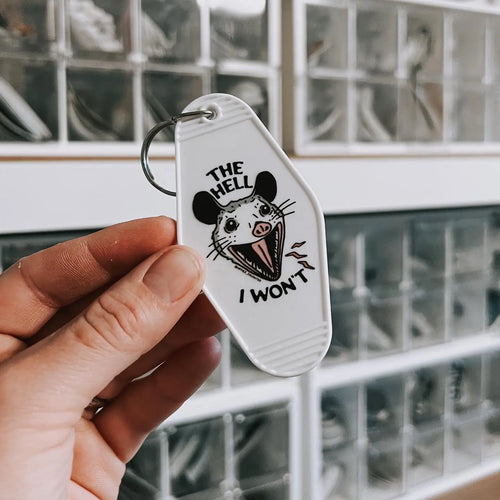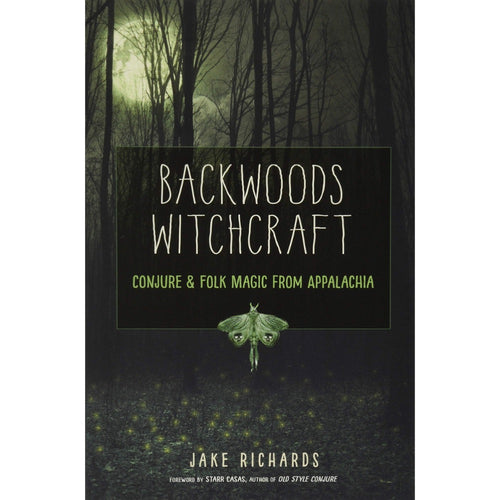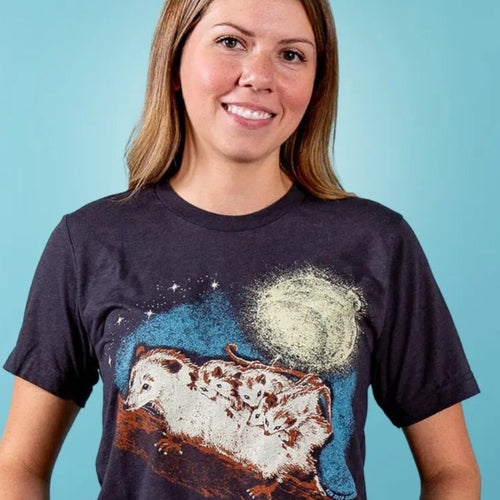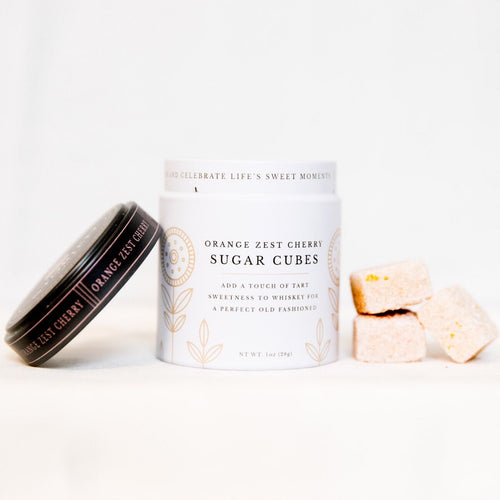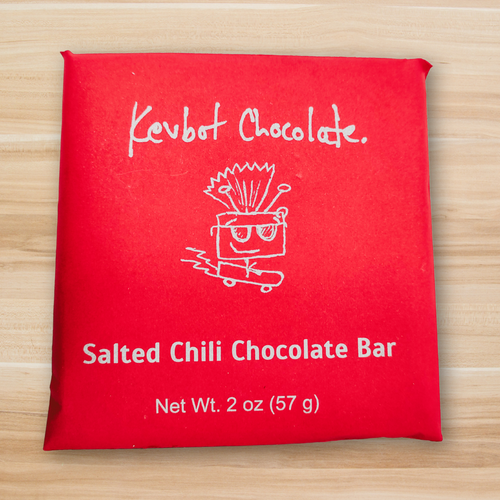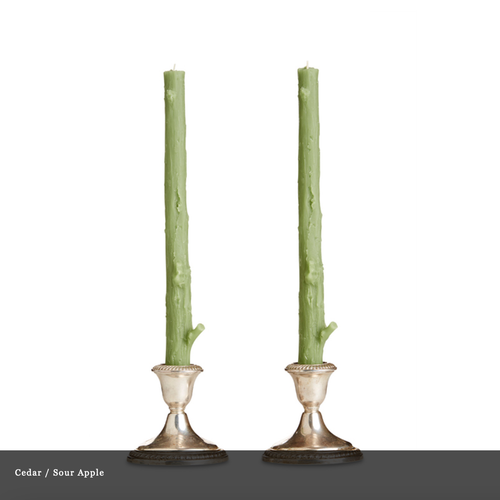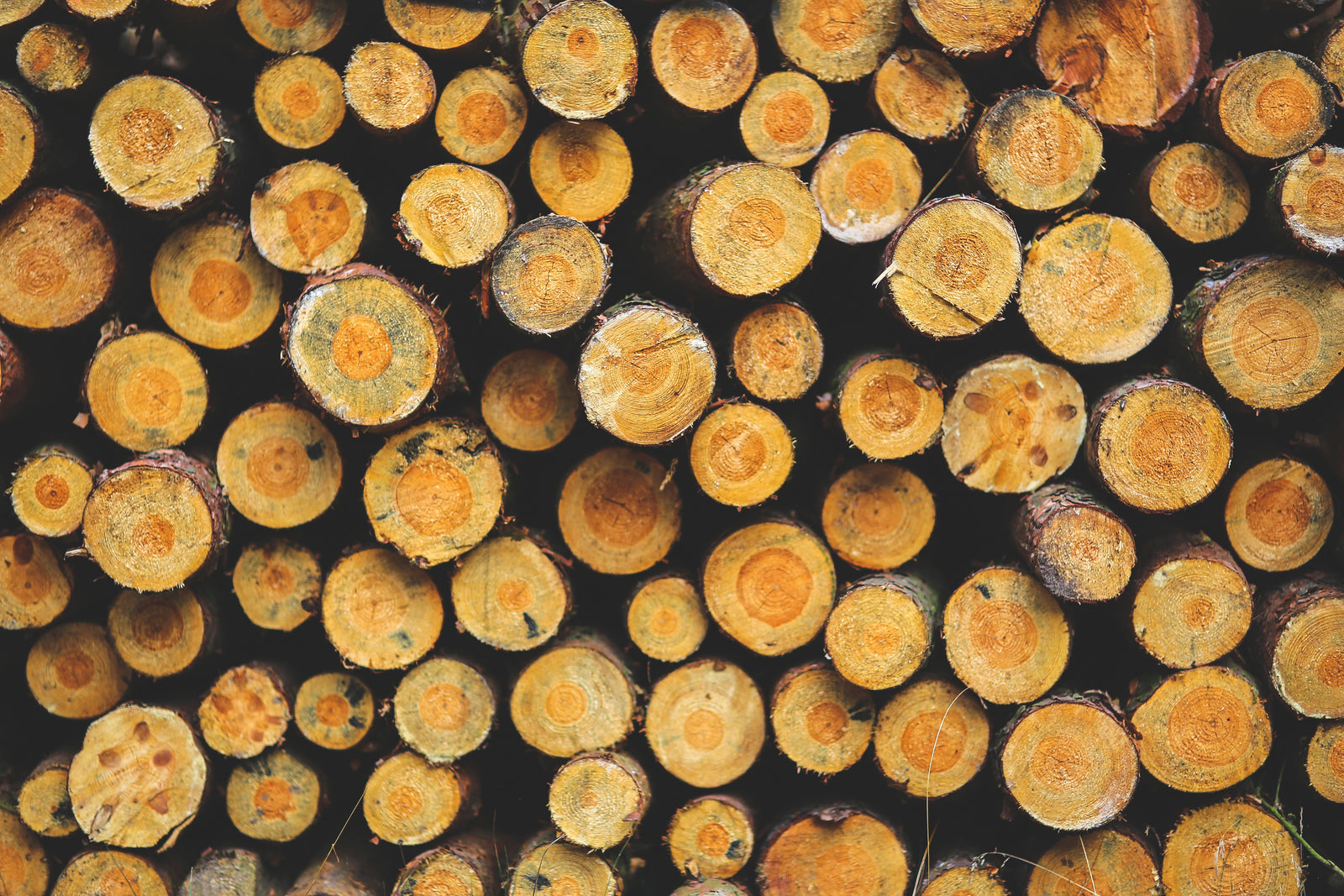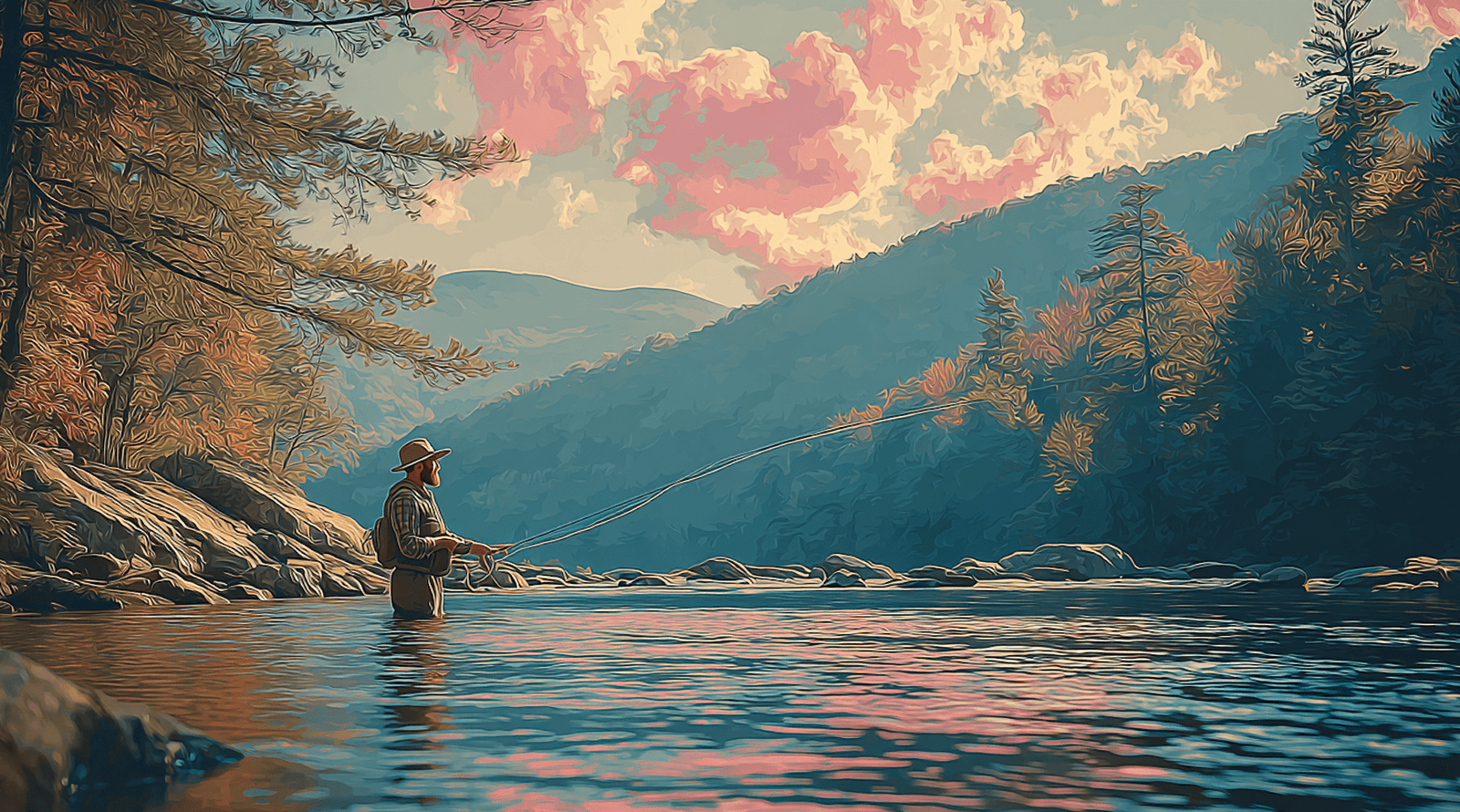
ART BY MIDJOURNEY.
Looking to commune with nature during the hottest months? Appalachia offers three choices: go up, go down, or go underground.
Knee-deep in Virginia’s New River with a fishing pole in hand, I finally found the Appalachian bliss I craved.
Not fifty yards up the bank, the heat of July came down like a weighted blanket. But there in the river bend, under black walnut groves, I felt as cool and content as all the trout that kept missing my bait.
After years in Seattle, I recently returned to the South, though not to the Atlanta metro where I was raised. Instead, I settled in the heart of Virginia’s Blue Ridge Mountains, which are both beautiful and, at this time of year, steamy.
They’ve reminded me just how hot a Southern summer can be.
SUMMER ESSENTIALS
Every purchase helps keep our Appalachian magazine alive and thriving.
While many of my neighbors have fled their front porches for air conditioning until fall, I didn’t move here to hole-up inside. I’m on a mission to bask in the great outdoors without blistering in the UV. With my freckled, elmer’s-glue skin, that’s a tall order. But that’s also why I moved to the mountains and not back home to flatlands.
The Appalachians offer endless cool havens for the heat-wary, you just have to go up, go down, or go underground.

va.'s mcafee knob, which is said to be the most photographed spot on the appalachian trail PHOTO by BWMurphy ON Canva.
GO UP TO THE HIGHLANDS
Mountain tops have long beckoned us. Indigenous tribes revered Appalachia’s tallest peaks in their mythologies, from the Thunders of Mount Katahdin to the White Bear of Kuwo-i (Clingman’s Dome). And today, thousands of hikers make pilgrimages to these same summits, both for spiritual rejuvenation and to escape the heat.
Generally, temperatures decrease by about 5 degrees for every thousand feet you climb. I tested this theory on my latest hike to McAfee’s Knob outside of Roanoke, Virginia. Donning a wide-brimmed straw hat, I was well-prepared for the rays that were baking the city into the nineties. What I didn’t prepare was a jacket to wear at the top.
Some 2,000 vertical feet later, I came upon a panoramic view with chill bumps on my arms—and not just from the cliff’s sheer edge. My thermometer read 78 degrees, a full 10 degrees lower than Roanoke. The wind brought sweet relief to my sweated brow. Tadpoles swam with delight in the rain pools carved into the rocky bluff. I’d escaped the heat and filled my spiritual cup, and all it took were sore glutes and half a bottle of sunblock.

The Roanoke River offers tubing, swiming, kayaking, and fishing in the middle of Roanoke, va. Photo by mark lynn ferguson.
GO DOWN TO THE RIVER
Appalachian rivers are often cold in the summer, and folks ‘round here know how to enjoy them. If it paid, I would cast fishing lines, float mindlessly on tubes, or paddle through rapids for days.
Looking to keep your beer cold while on the water?
Try building a “spring house.” This clever bit of Appalachian engineering helped families preserve perishables long before electric lines scarred our forests. Historically, a stone hut was built over a section of river, and inside, a flat shelf sat a few inches under the water. Perishables like milk were placed on the shelf and insulated by the hut. You can make a simpler spring house with nearby sticks and stones. Just don’t pull rocks from the river bottoms because they might be home to hellbenders. And remember to dismantle your make-shift fridge at the end of the day to keep your local river pristine.

PHOTO COURTESY OF Va.'s SKYLINE CAVERNS, which is 60 million years old and home to the largest known anthodite, a unique crystal formation.
GO UNDERGROUND INTO CAVERNS
If you’re as pale as me, you may find your summer haven underground. Appalachia is home to countless cave systems that inspire marvel, wonder, and outerwear. Landmarks like Skyline Caverns in Virginia and Mammoth Cave National Park in Kentucky maintain temperatures in the fifties year-round, offering comfortable communion with nature on hot and cold days alike. See some of our favorite Appalachian caves in “Ready to escape the cold? Try caving.”
These ancient caverns serve as sanctuary to nature lovers no matter what extremities await outside. So dust off your winter coat when the temps hit the nineties and spelunk into the heart of the mountains.
OUTDOOR FAVORITES
Every purchase helps keep our Appalachian magazine alive and thriving.
With roots in Tennessee's Blue Ridge and the Mississippi Delta, Jesse Webb investigates the mystery and complexity of the "Southern thing” through words and music. From his perch in Roanoke, Virginia, he finds his muse in local hearts, sounds, cuisines, and landscapes. His poetry has been featured in Door is a Jar and America's Best Emerging Poets.


